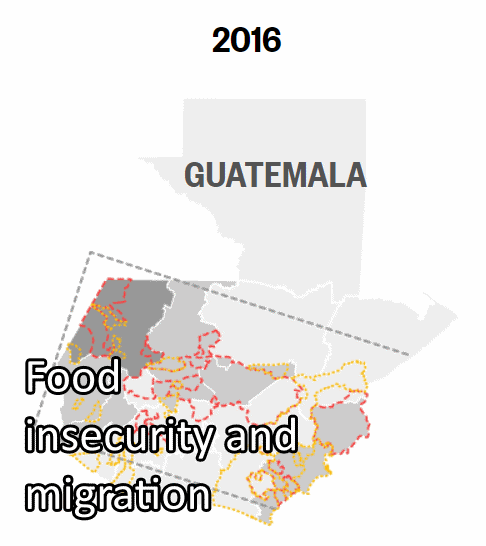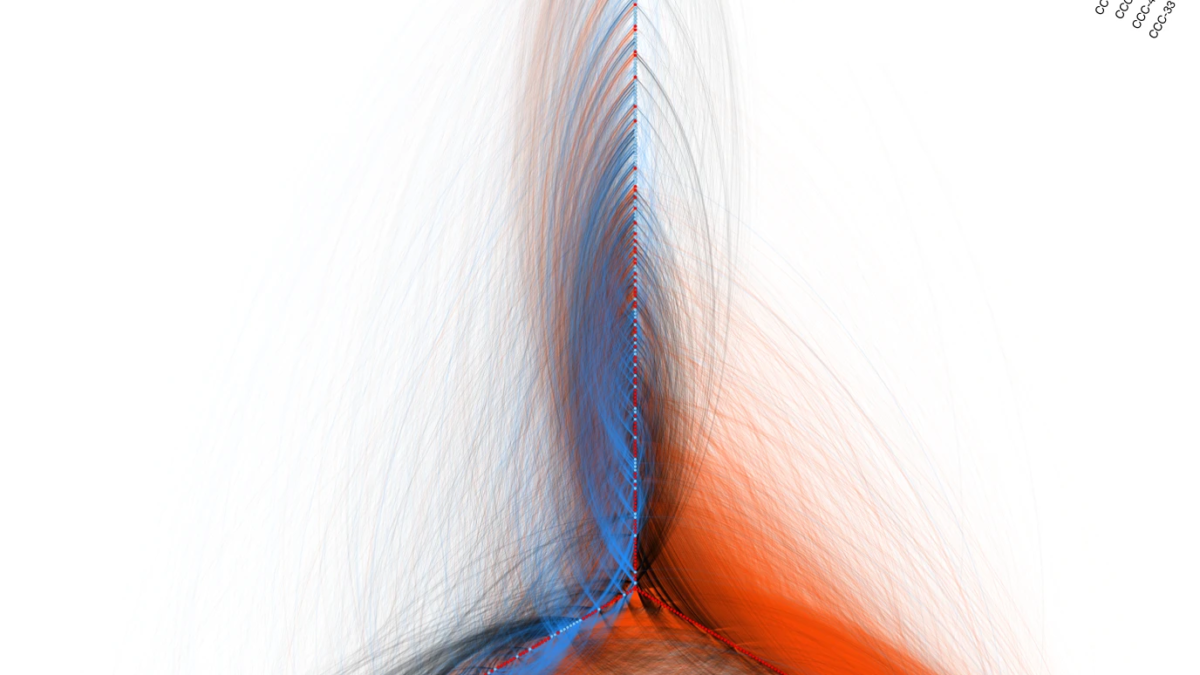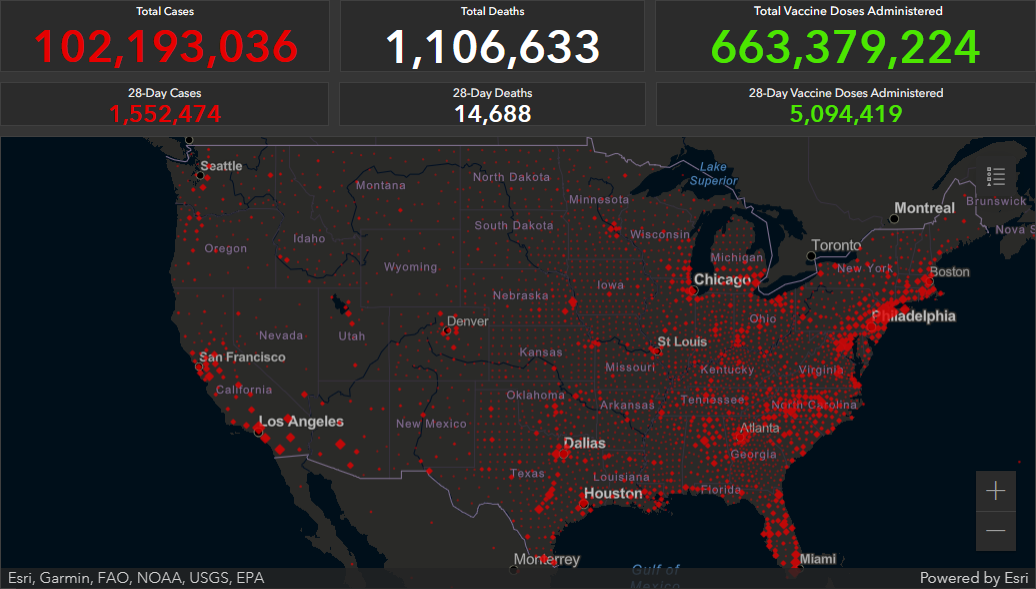Plagues that ravaged the Roman empire were linked to periods of cold weather – “The Roman Empire rises and falls and rises and falls. And I think the case is now overwhelmingly clear that both climate change and pandemic disease had a role in many of those episodes.”

By Sarah Kuta
30 January 2024
(Smithsonian) – More than 2,000 years ago, climate change may have played a role in deadly pandemics that swept through the Roman Empire.
Scientists have discovered a link between cold, dry periods and devastating bouts of fatal illness between 200 B.C.E. and 600 C.E. in Roman Italy, according to a study published on Friday in the journal Science Advances.
Their findings add to the growing body of research about how changes in the climate—like those occurring today because of human-caused global warming—can also affect human health.
“Investigating the resilience of ancient societies to past climate change … might give us better insight into these relationships and the climate change-induced challenges we are facing today,” lead author Karin Zonneveld, a micropaleontologist at Germany’s University of Bremen, tells Live Science’s Stephanie Pappas.
To study the climate of the Roman Empire, scientists drilled down into the sediment of the Gulf of Taranto, a body of water between the “sole” and “heel” of Italy’s boot. They pulled out long samples of the sediment, then analyzed the various layers, similar to how dendrochronologists study tree rings.
They were able to link layers of sediment with specific periods in time because of the presence of volcanic glass from well-known volcanic eruptions throughout history, including the infamous eruption of Vesuvius in 79 C.E.
They also studied the preserved remains of small organisms, called dinoflagellates, in the sediment. Different types of dinoflagellates prefer different weather conditions—some thrive during periods of cold weather, while others proliferate during times of high precipitation.
Based on the dinoflagellates, the team was able to recreate a climate timeline for Roman Italy. From 200 to 100 B.C.E, for instance, the climate was stable. Then, the findings suggest three very cold periods struck the region: between 160 and 180 C.E., between 245 and 274 C.E. and after 500 C.E.
All three of those periods line up with documented plagues. The first was the Plague of Galen, also known as the Antonine Plague, which likely originated in western Asia and caused diarrhea, skin pustules, and fever. The second cold snap coincided with the Plague of Cyprian, while the third aligned with the Plague of Justinian, the first known outbreak of bubonic plague in western Eurasia.
The links between the cold snaps and the pandemics were so obvious that “it was one of those times when, as a scientist, you go, ‘Wow,’” says Zonneveld to Scientific American’s Tom Metcalfe.
![Core DP30PC and paleoclimatic records. Dark blue: Gulf of Taranto, late-summer temperature reconstruction based on dinoflagellate cyst composition (this study); orange: Northern Alps, June to August dendrochronological-based temperature reconstruction (3); red: proxy-based central European, June to August (JJA) temperature reconstruction (33); dark green: Core DP30PC Gulf of Taranto, late-summer river discharge (precipitation) reconstruction based on dinoflagellate cyst composition (this study); gray: Northern Alps, June to August dendrochronological-based precipitation reconstruction (3); purple: Gulf of Taranto, Ca/Ti concentrations (73); green: δ18O [per mil (‰) Vienna Pee Dee belemnite (VPDB)] of stalagmite RL4, Renella Cave Tuscany, Central Italy (15); light blue: DP30PC δ18O (‰ VPDB) of the planktonic foraminifera Globigerinoides ruber (white)and NOA Index. Graphic: Zonneveld, et al., 2024 / Science Advances](https://desdemonadespair.net/wp-content/uploads/2024/04/image-39.png)
The cold likely did not directly cause the disease outbreaks. Instead, it may have exacerbated other factors that made people more susceptible to illness. Farmers might not have been able to grow enough food, leading to malnourishment. Climate disruption may have also given rise to more disease-carrying rats, mosquitos, and other pests.
These periods of cold weather may also have contributed, whether directly or indirectly, to the eventual fall of the Roman Empire.
“The Roman Empire rises and falls and rises and falls,” says study co-author Kyle Harper, a classicist at the University of Oklahoma, to New Scientist’s Alec Luhn. “There’s a series of episodes of very extreme crises in some cases. And I think the case is now overwhelmingly clear that both climate change and pandemic disease had a role in many of those episodes.”
In addition to offering insights into the past, the new research could help inform contemporary approaches to climate change and disease, as Seth Bernard, a historian at the University of Toronto who wasn’t involved in the study, tells Scientific American.
At the same time, he notes that food production has changed a great deal since the Roman period. “They were creating a surplus when their economy was thriving, but the margins were very small,” he says. During a cold snap, “very small changes in those margins could matter.”
Plagues That Ravaged the Roman Empire Were Linked to Periods of Cold Weather
Climate change, society, and pandemic disease in Roman Italy between 200 BCE and 600 CE
ABSTRACT: Records of past societies confronted with natural climate change can illuminate social responses to environmental stress and environment-disease connections, especially when locally constrained high–temporal resolution paleoclimate reconstructions are available. We present a temperature and precipitation reconstruction for ~200 BCE to ~600 CE, from a southern Italian marine sedimentary archive—the first high-resolution (~3 years) climate record from the heartland of the Roman Empire, stretching from the so-called Roman Climate Optimum to the Late Antique Little Ice Age. We document phases of instability and cooling from ~100 CE onward but more notably after ~130 CE. Pronounced cold phases between ~160 to 180 CE, ~245 to 275 CE, and after ~530 CE associate with pandemic disease, suggesting that climate stress interacted with social and biological variables. The importance of environment-disease dynamics in past civilizations underscores the need to incorporate health in risk assessments of climate change.
Climate change, society, and pandemic disease in Roman Italy between 200 BCE and 600 CE


